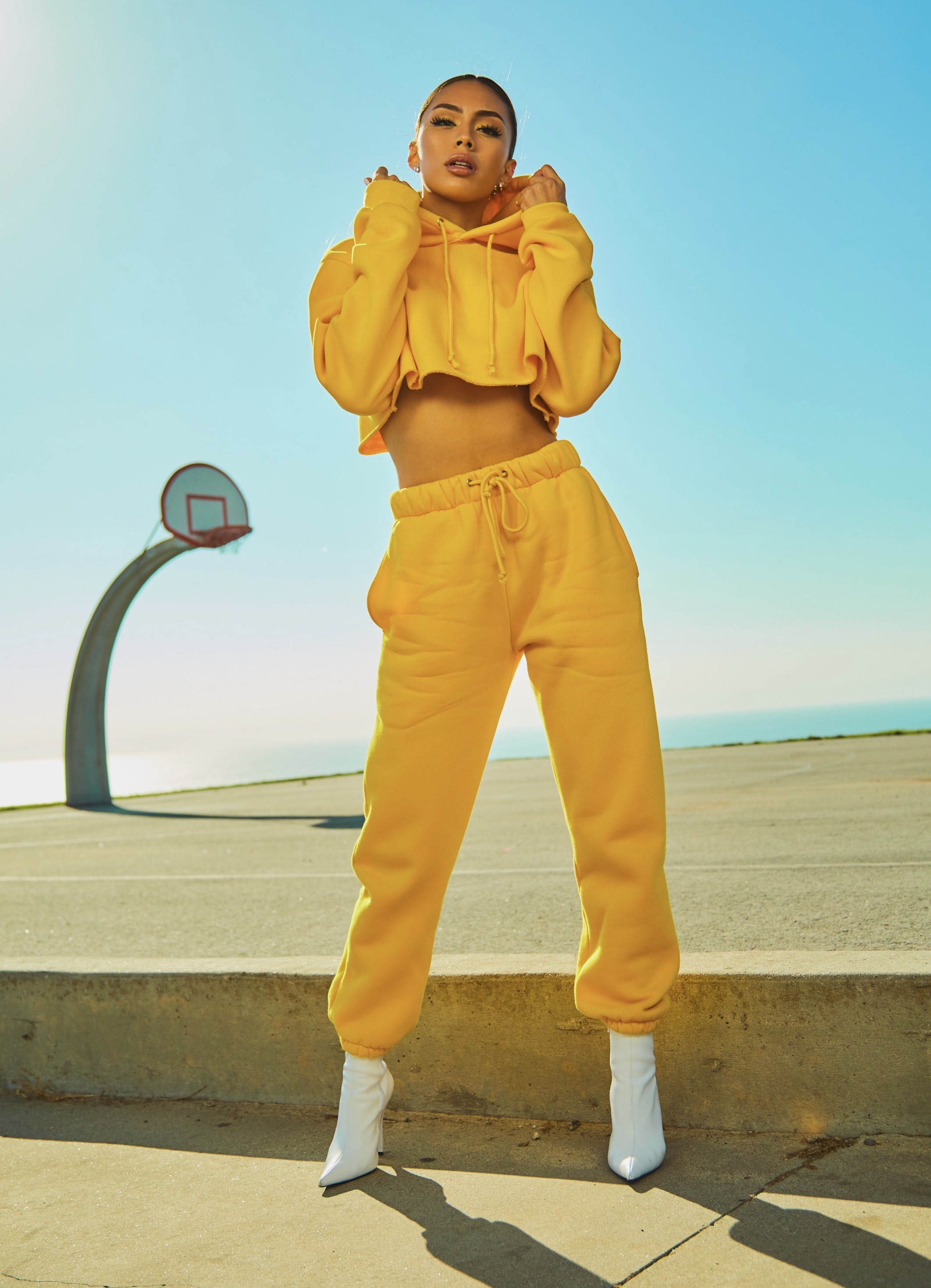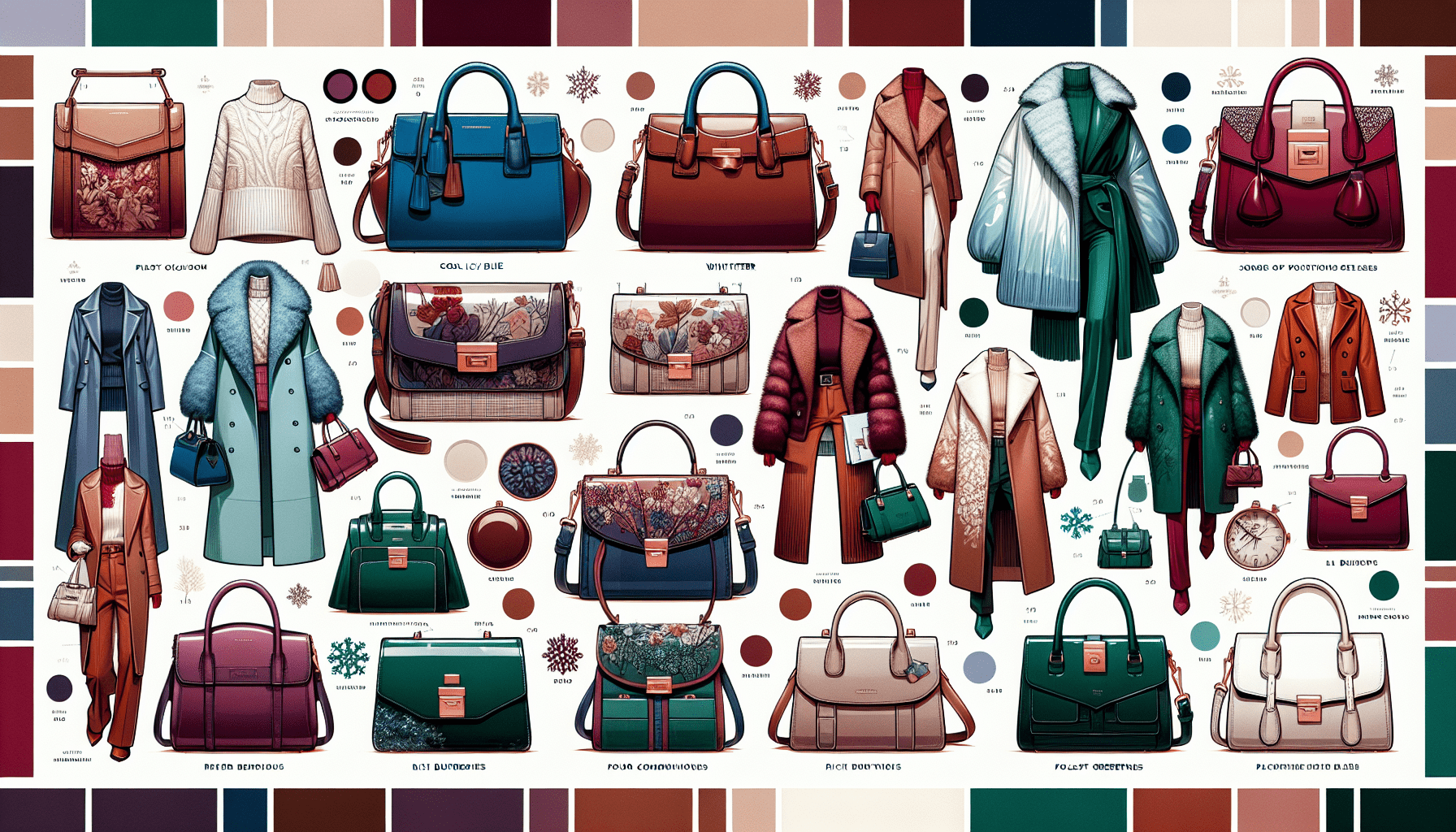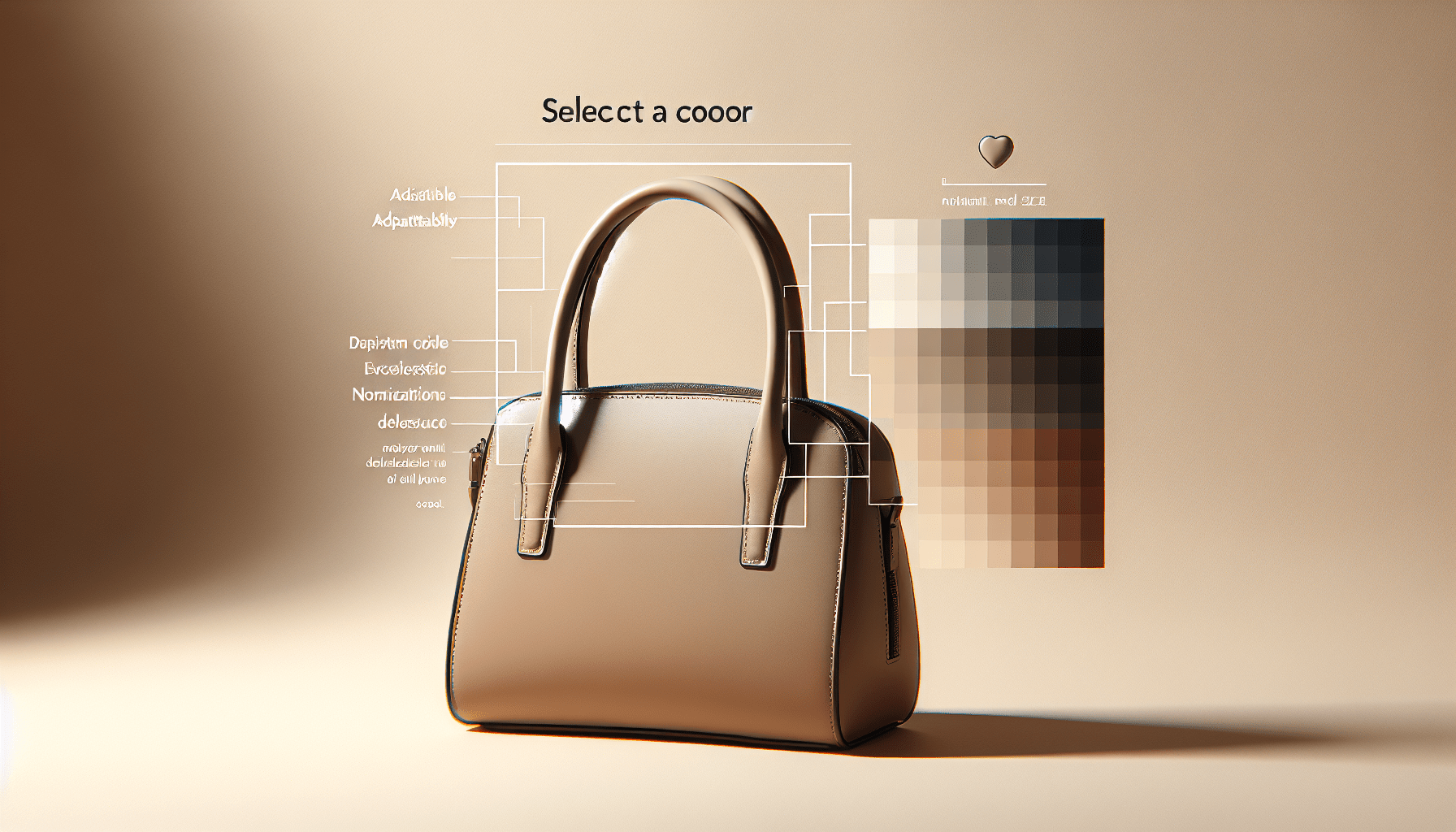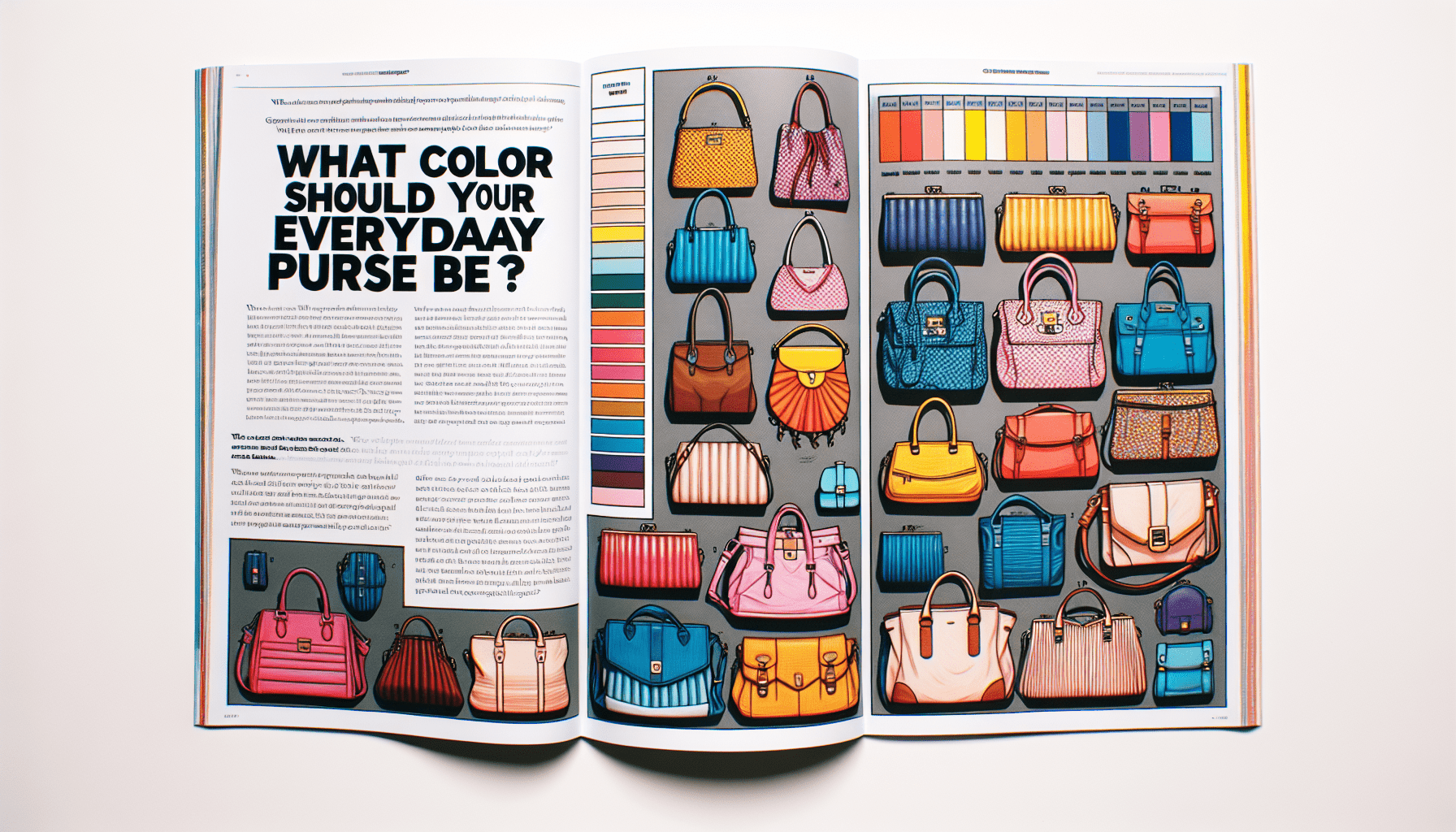Understanding the Handbag Resale Market
If you’ve ever wondered about the inner workings of the handbag resale market, look no further. “Understanding the Handbag Resale Market” is your comprehensive guide to navigating this thriving industry. From luxury designer bags to vintage treasures, this article will shed light on the ins and outs of the resale market, providing valuable insights into how it operates and the factors that drive its success. Whether you’re a curious shopper, a budding entrepreneur, or simply interested in the fascinating world of handbags, this is the article for you. Get ready to uncover the secrets behind the handbag resale market and discover the hidden gems it holds.
Overview of the Handbag Resale Market
The handbag resale market refers to the buying and selling of pre-owned, secondhand handbags. It is a niche market within the larger fashion industry, catering to fashion-conscious individuals who want to own luxury handbags but may not be able to afford the original retail prices. This market has been growing rapidly in recent years, driven by various factors such as the increasing popularity of sustainable fashion, the desire for unique and limited edition pieces, and the rise of online platforms that make buying and selling handbags more accessible.
Definition of the Handbag Resale Market
The handbag resale market can be defined as the market where individuals or businesses purchase pre-owned handbags from sellers and then resell them to interested buyers. This market encompasses various channels, including online platforms, luxury consignment stores, peer-to-peer resale platforms, traditional auction houses, and authorized resellers. The primary focus is on luxury handbag brands, as these tend to retain their value well and have a higher demand in the resale market.
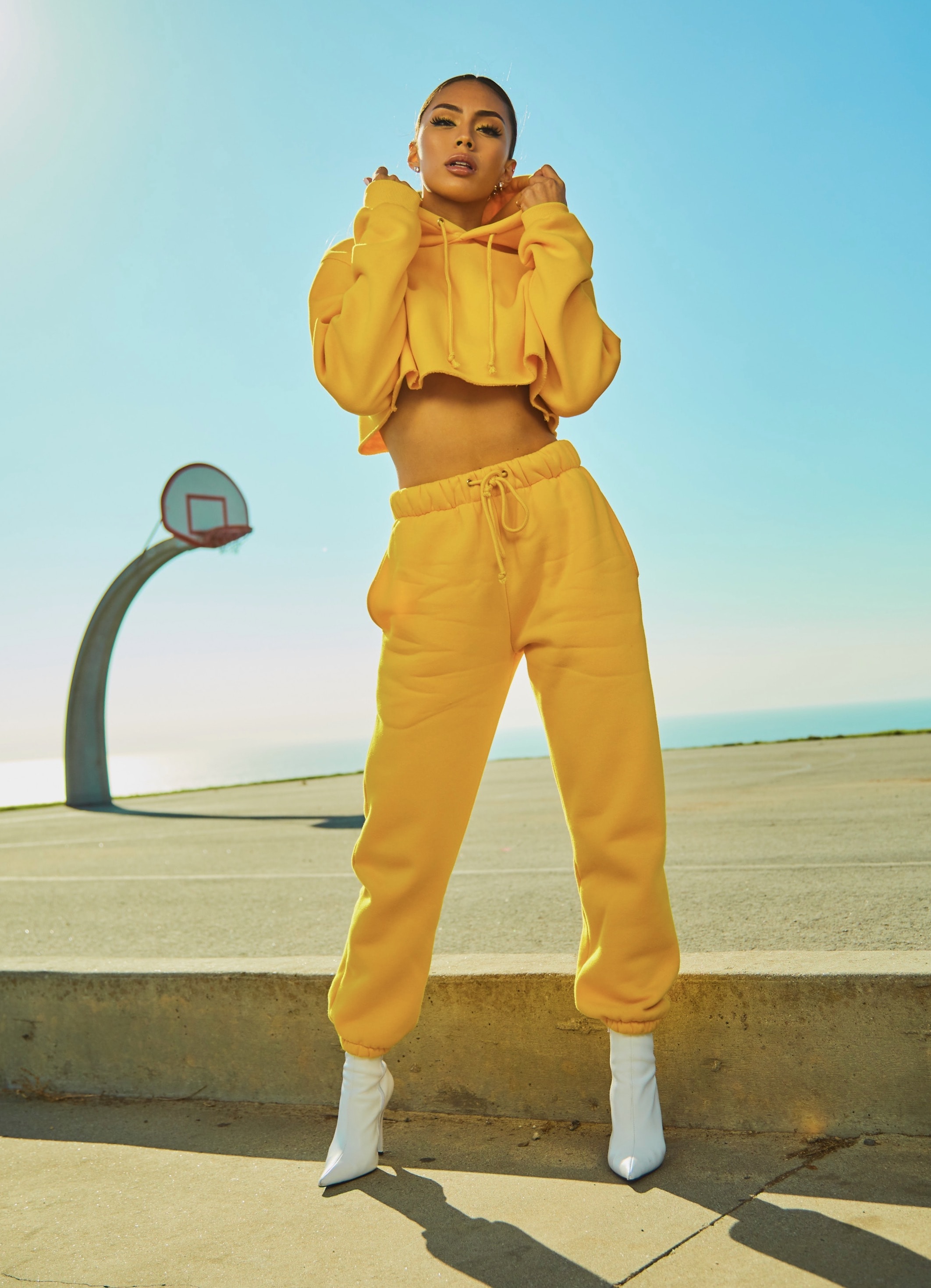
This image is property of images.unsplash.com.
Market Size and Growth
The handbag resale market has witnessed significant growth in recent years. According to a report by Bain & Company, the global luxury resale market was valued at around $24 billion in 2018 and is projected to reach $51 billion by 2023, representing a compound annual growth rate (CAGR) of 15%. This growth can be attributed to several factors, including the increasing acceptance of secondhand shopping, the desire for sustainable fashion options, and the accessibility offered by online platforms.
Key Players in the Market
The handbag resale market is made up of several key players, each fulfilling a specific role in the buying and selling process. The major players include online resale platforms, luxury consignment stores, peer-to-peer resale platforms, traditional auction houses, and authorized resellers. These players provide various options for sellers and buyers, catering to different preferences and needs within the market.

This image is property of images.unsplash.com.
Factors Driving the Growth of the Handbag Resale Market
Several factors contribute to the growth of the handbag resale market. Firstly, the increasing demand for sustainability and ethical fashion practices has led consumers to embrace buying pre-owned items, including handbags. This shift in consumer behavior has created a thriving market for secondhand luxury handbags.
Another driving factor is the appeal of owning exclusive or limited edition handbags. Luxury fashion brands often release limited quantities of certain designs, creating a sense of exclusivity and desirability among fashion enthusiasts. The handbag resale market enables individuals to acquire these sought-after pieces that may have otherwise been sold out at retail stores.
Additionally, the rise of online resale platforms has made it easier for sellers to connect with buyers, regardless of geographical location. With just a few clicks, sellers can list their handbags for sale, reaching a larger audience and increasing their chances of making a sale. Similarly, buyers can browse a wide selection of handbags from different sellers, providing them with more options and opportunities to find their desired handbag.
Trends and Developments in the Market
One notable trend in the handbag resale market is the increasing popularity of online resale platforms. These platforms, such as The RealReal, Poshmark, and Vestiaire Collective, have gained significant traction in recent years. They offer a convenient way for sellers to list their handbags for sale and for buyers to browse and purchase pre-owned handbags. The ease of use, wide variety of brands and styles available, and the assurance of authenticity provided by these platforms have contributed to their growth and success.
Another trend is the growing interest in vintage and retro handbags. As fashion trends often cycle and repeat, vintage handbags from iconic fashion houses like Chanel, Hermès, and Louis Vuitton have become highly sought after. Collectors and fashion enthusiasts appreciate the timeless appeal and craftsmanship of these classic pieces, driving the demand and resale value.
Furthermore, sustainability and ethical considerations have become prominent factors in the handbag resale market. Many consumers are now interested in supporting a circular economy, reducing waste, and minimizing their environmental footprint. Buying pre-owned handbags aligns with these values, as it extends the lifespan of the product and reduces the demand for new production.
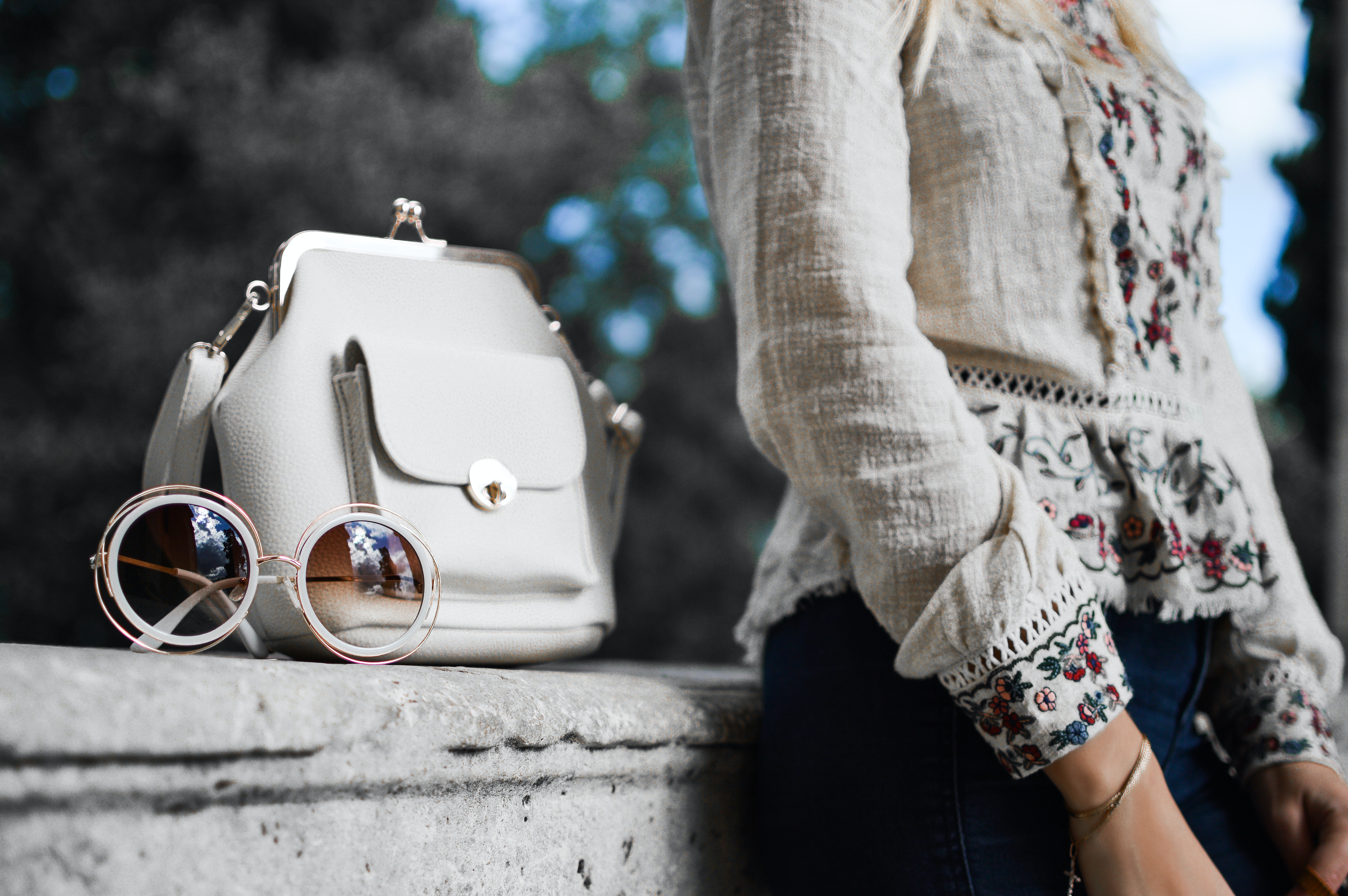
This image is property of images.unsplash.com.
Factors Influencing Handbag Resale Value
Several factors influence the resale value of a handbag. These factors affect both the overall market value of handbags and the individual pricing of specific pieces.
Brand and Designer
The brand and designer of a handbag play a significant role in determining its resale value. Luxury brands with a strong reputation and history of quality craftsmanship tend to retain their value well. Brands like Chanel, Hermès, Louis Vuitton, and Gucci are highly coveted in the resale market due to their timeless designs and prestigious status. On the other hand, lesser-known or less sought-after brands may have a lower resale value.
Condition of the Handbag
The condition of a handbag is crucial in determining its resale value. Handbags in excellent condition, with minimal signs of wear and tear, will generally command a higher price compared to those with noticeable damage or signs of use. Buyers are willing to pay a premium for handbags that are well-maintained and in pristine or near-pristine condition.
Limited Edition or Exclusive Releases
Handbags that are part of a limited edition or exclusive release tend to have a higher resale value. Limited edition handbags are often produced in small quantities, making them more desirable and sought-after by collectors. The exclusivity and scarcity of these pieces drive up their resale value, as buyers are willing to pay a premium to own a rare or unique design.
Popularity and Demand
The popularity and demand for a particular handbag influence its resale value. Handbags that are currently in trend or have a strong following among fashion enthusiasts will generally command a higher price. Factors such as celebrity endorsements, media exposure, and social media influence can significantly impact the demand for specific handbags.
Authenticity and Documentation
the authenticity of a handbag is vital in the resale market. Buyers want assurance that the handbag they are purchasing is genuine and not a counterfeit. Handbags that come with original documentation, such as a dust bag, authenticity card, or original receipt, provide buyers with confidence in their purchase. Verified authenticity increases the resale value of a handbag.
-
Potential examples of Handbag sellers
- Trusted and high reputation sellers such as The RealReal and Vestiaire Collective
- Verified sellers on online platforms
- Established luxury consignment stores

